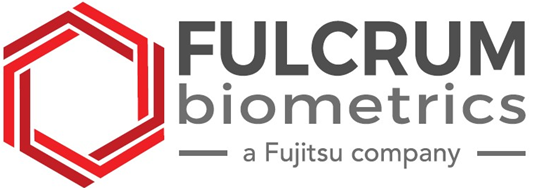As part of our ongoing practical and localised research to compare our preferred vendor’s products against other competing products on the market, Fuclrum SA in Lonehill, Johannesburg, have imported a number of devices for Facial Recognition and Temperature Scanning from different vendors; bottom line from our CTO Dave Crawshay‑Hall is …….… BEWARE and DIG DEEPER.
Background Overview to this Article:
There are a wide range of choices on the market for different biometric recognition methods or “modalities”. These vary greatly in the 3 key things that end-users should have a good understanding of; Price, Accuracy and User Experience or Convenience. Yes there are biometric fits for varying purposes and it is vital you understand the needs of your application, especially factors such as accuracy when Time and Attendance clocking has financial implications.
Firstly, whilst vendors seem to somewhat “personalise” results to suit their particular product, a little research on the Web will reveal that it is widely accepted that Face Recognition, whilst fast improving, remains the least accurate of the popular modalities – and that’s before you wear a mask or grow a beard. What you may not know however, is that while Face Recognition is the most un‑intrusive, it can be less accurate than the others, to the extent that it may present significant risk and render itself unsuitable for certain applications.
The illustrative pictures and their source links on the Web below, are evidence of this. Remember that False Rejection may just be an inconvenience to the user, but False Acceptance is a potentially severe security event.
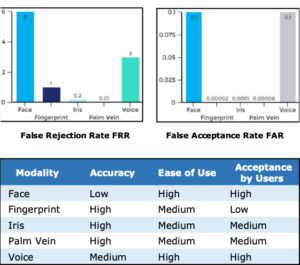
Southern African Outcome:
Our research has brought us to the conclusion that substandard equipment was rushed onto the market to take advantage of the COVID-19 pandemic. Pressurised decisions may have been made as a consequence, resulting in some customers having invested unwisely and assuming any device would be fit for their purposes.

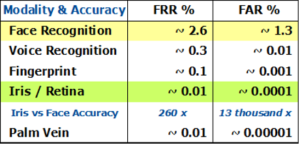
Face Recognition Algorithms – Digging Deeper:
Are Face Recognition Algorithms Improving?
The global authority on Face algorithms in the USA, the National Institute of Standards and Technology “NIST”, has released several reports on facial recognition systems and the effect of masks. Whilst these indicate that massive gains in accuracy have been made in recent years with as much as a 20x improvement, they also show that even the best Face algorithms may reduce accuracy by 50% when wearing a mask and again, beards are another whole story. Please note that these test results are related to pre Covid-19 algorithms.
What Effect do Masks have on Accuracy?
A NIST test inspired by the COVID-19 pandemic and the widespread requirement that people wear protective face masks in public places, has driven a need to understand how cooperative face recognition technology deals with occluded faces, often with just the periocular area and above visible.
Without masks, the top-performing algorithms usually have error rates of about 0.3 percent. Nevertheless, when even the most accurate algorithms were confronted with the highest-coverage masks, error rates jumped to about 5 percent, researchers found.
Some algorithms that are quite competitive with unmasked faces (FNMR < 0:01), actually fail to authenticate between 20% and 50% of images with masks (FNMR => 0:5). “This is noteworthy, given that around 70% of the face area is occluded by the mask,” the report reads. (It should be noted that several vendors have since released “Mask ready” algorithms that “improve” performance).
We at Fulcrum SA have experienced these results in the field and, trust us, if you wear a motorcycle “bandanna” or “buff” covering – it will NOT recognise you AT ALL. Multi-colour masks also have a significant effect on the accuracy.
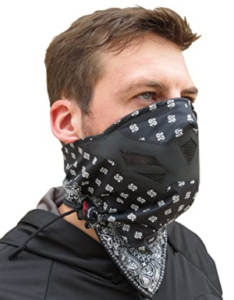
Do some Algorithms perform better than others with certain Demographic Groups?
In a NIST report that included 200 algorithms from vendors and labs around the world, they examined the accuracy of facial recognition algorithms across different demographic groups and found that only the most accurate algorithmswere effective across all demographic groups. It is also true that the majority of the algorithms NIST tested generally performed better on men (partially due to the lack of varying make‑up usage by women) and individuals with lighter skin tones.
It is important however, to recognise that there is a stark difference between the best and worst algorithms, many of the latter having arrived with low-cost terminals into this country. In comparison to the false-negative rates under 1 percent for black females and white males among the highest‑performing algorithms, the lowest‑performing algorithms had false‑negatives rates, for blacks and whites, as high as 99 percent.
It is not feasible from a cost stand‑point, to have government grade face algorithms in all facial recognition access control devices. There are devices that strike a good balance between price and performance by utilising top tier algorithms designed for purpose, while keeping costs to a minimum.
Fulcrum in SA uses only the best algorithms in our solutions so you can be assured that performance and accuracy are paramount: https://www.rankone.io/
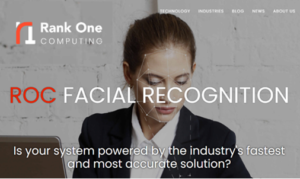
In terms of demographic performance, an algorithm should exhibit minimal impact due to race or gender – a critical factor in Africa is to have higher accuracy scores for dark faces because most algorithms work better with light ones and indeed Rank One excel here.
Temperature measurement is another aspect that warrants comment. Cheap “skin surface temperature” sensors can be highly inaccurate and affected by wind, sunlight and other localised ambient factors. For concerned users, only quality infrared sensors should be used such as the leading FLIR™ Lepton™ enhanced IR micro-sensor that is used in our devices. It is fully contactless and operates at the same stand-off distance as the device itself. https://www.flir.eu/
In Closing …… the Bottom Line:
Should I be using a Multi-Modal Terminal?
Multimodal biometrics technology has recently gained interest due to its capacity to overcome certain inherent limitations of single biometric modalities and to improve the overall recognition rate performance, whilst retaining convenience and a quality user-experience.
The highly accurate Iris modality is considered one of the most reliable biometric characteristics, it remains unchanged throughout the adult human life and is much less likely to suffer from accidental damage than palms or fingers. Used in combination with the Face modality which is still the most natural, fast and unobtrusive way to recognize a person, creates a balance between usability and accuracy. Our devices use a specialised technique of fast Face matching with the Rank One algorithm, resorting to Iris only if a Facial miss-match or low-threshold match occur. Iris recognition is not affected by the wearing of any type of mask, beards, makeup or facial tattoos.

Fulcrum Southern Africa – Your Trusted Biometric Advisors
We wish to be your trusted advisers and if you have any critical Access Control or Security‑Sensitive application and especially in areas where Time and Attendance has financial ramifications, we would recommend IRIS and FACE combination devices. These have, for all intents and purposes, 100% accuracy using Iris and they work in combination with the Rank One Face recognition algorithm.
Our devices have the capability to be configured to the weighting of your security vs user‑experience and convenience needs, with 5 modes of operation. Typically, they attempt a Facial match first and auto‑switch to Iris if Facial fails or does not meet a sufficiently accurate percentage match. This totally alleviates the problems associated with mask wearing.
Yes, these solutions may cost a little more, but the advantages can easily justify this. Prices are coming down and our global Fulcrum and Fujitsu buying power will enable us to offer a quality and appropriate value proposition.
Utilising one of our Multimodal terminals, you will appreciate the speed of the Rank One Face algorithm, which brings out the best user access experience.
If however the algorithm is not 100% certain of the identity using the Facial image, it resorts to Iris recognition. The terminal also has an optional Flir Temperature Measurement sensor and a built‑in Voice and Video Intercom Capability.
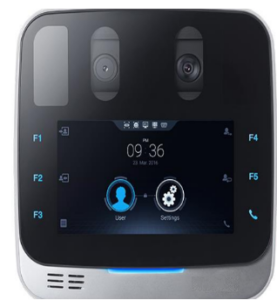
For those seeking to seamlessly integrate into their back-end systems, our globally‑leading Fulcrum Biometric Framework FbF® and a comprehensive SDK, provide you with a complete Turnkey Access Control and Time And Attendance solution for your business.
FbF® Overview:
- Spend hours—not months—integrating biometrics into your systems or applications
- Use any, or multiple, biometric modalities (iris, finger, face, vein, voice, etc. ) best suited to your security requirements and application’s needs
- Scale to any size population—from a small office, to a large enterprise and all the way up to a national database
- Save thousands of Rands in engineering costs and time spent focusing on non-core activities
- Now you can meet your customers’ expectations within real-world deadlines and satisfy the concerns of auditors and regulators, by increasing the speed, accuracy and reliability of validating individual identities in your environment

Built upon more than 15 years of experience enabling biometric solutions, the Fulcrum Biometrics Framework (FbF®) products are a suite of tools that simplify the inclusion of biometrics into any new or existing mobile, desktop, or web-based application. With FbF® tools, you have everything you need to biometrically link a physical person to their records in your database or application. By choosing to work with the FbF® tools instead of low-level SDK’s, your time can be spent focused on perfecting your application or solution’s features, rather than becoming an expert in implementing biometrics
